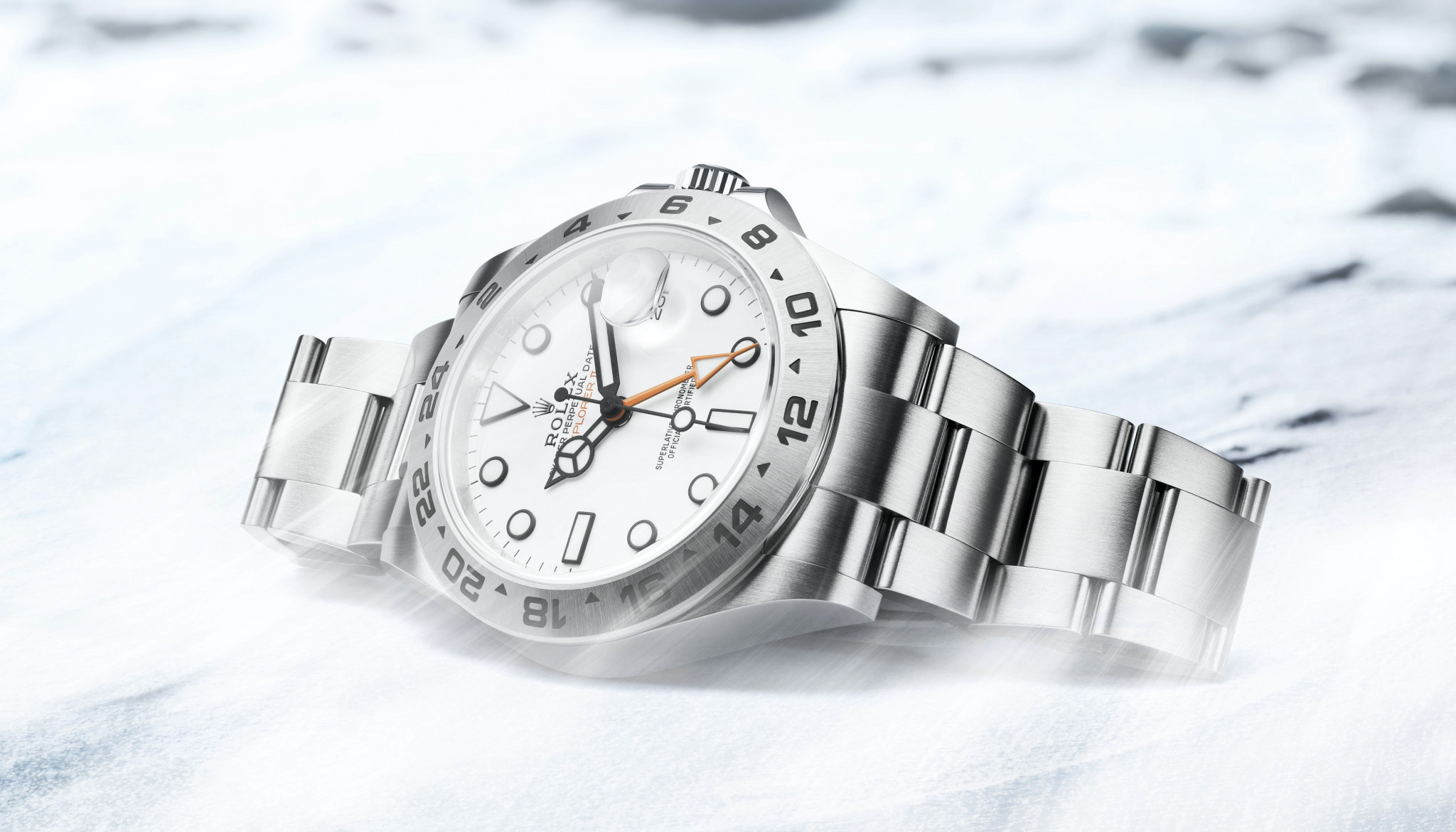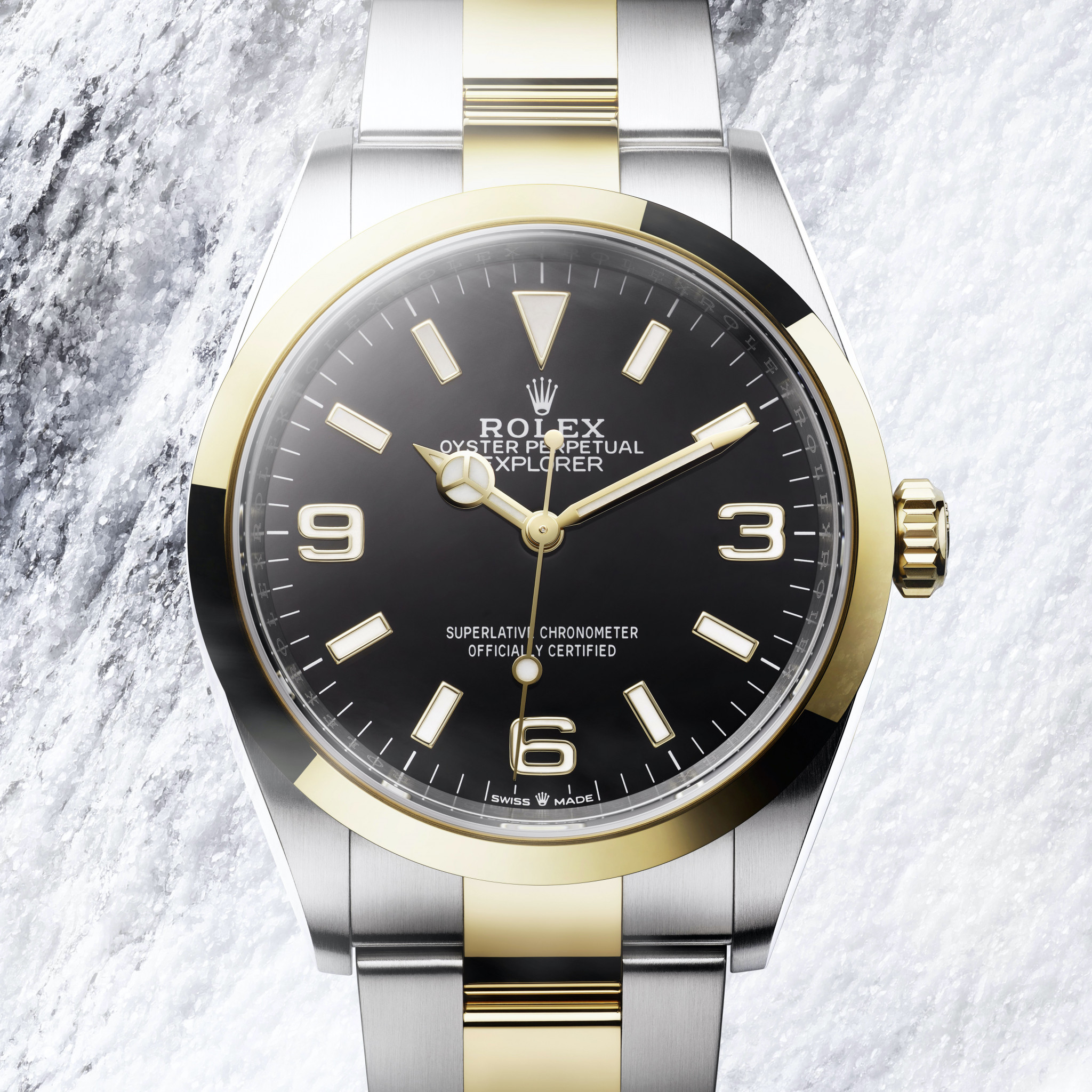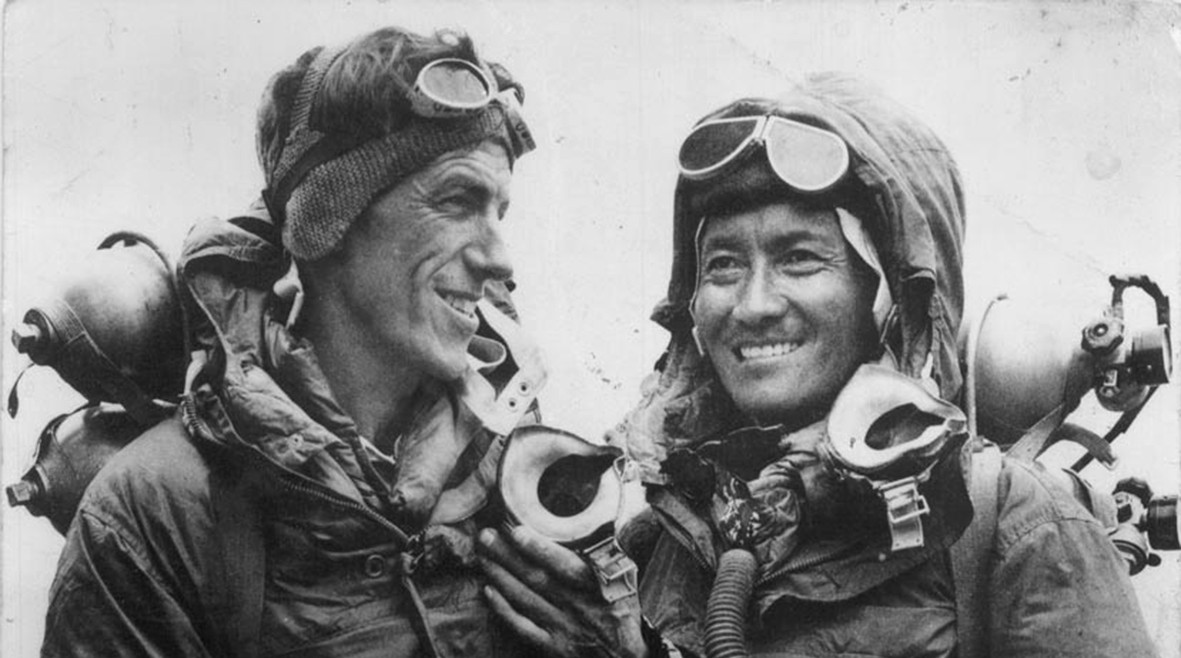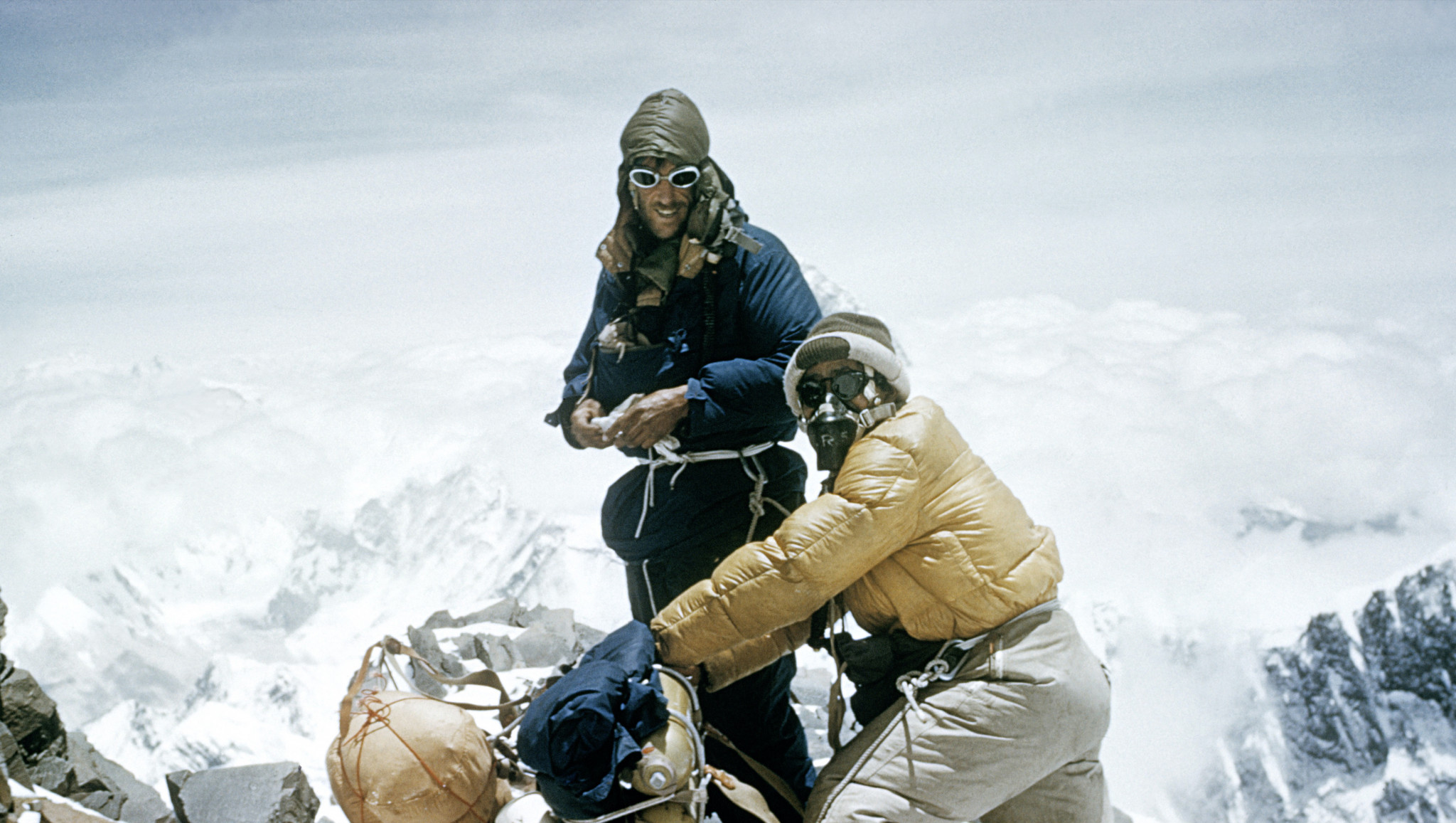
From the highest mountain to the deepest cave there is nowhere too tough for the Rolex Explorers
In the most extreme environments on Earth, time management is the key to survival.
There are only a handful of Rolex watches that are awarded the special privilege of sequels, and the Explorer is one of them.
The new generation Explorer I and Explorer II were both devised on the Himalayan mountains and developed alongside well-known mountaineers.
Over the years both of Rolex’s Explorer models have grown in popularity, so it makes sense the historic watchmaker has taken time to make improvements to the designs.
The redesign of Oyster Perpetual Explorer II is quite momentous; it was in 1971 when Rolex first presented the timepiece, making this year its 50th anniversary. Owing to its 24-hour hand and bezel, Explorer II is a favourite for polar explorers, speleologists and volcanologists.
While Explorer I is distinguished by its popularity as a summit watch, the Explorer is heralded as the watch to wear deep underground and the reason why the new design features are an updated Chromalight display, meaning the blue glow emitted from the hour markers and hands now lasts longer – making it easier to read in darkness.
With a case that is water-resistant up to 100 metres, the Explorer II also has an updated three-link Oyster bracelet, making it broader for comfort.
Incorporating the orange hour hand and engraved bezel allows the wearer to distinguish day and night hours, and the display can also serve as a compass and the 24-hour display used to show a second time zone.

But it is the new calibre 3285 – a new generation movement developed and manufactured by Rolex – which is set inside the Explorer II that is the real update to the model.
This movement features a Chronergy escapements (the part that makes the watch tick) and a guaranteed power reserve of approximately 70 hours. It also has a Parachrom hairspring, making it very resistant to shock and temperature extremes.
Both new timepieces are made of Oystersteel – an alloy which is corrosion-resistant and designed especially for challenging conditions.
The Oyster Perpetual Explorer I is now available in a signature Rolex yellow Rolesor version, combining Oystersteel and 18 karat gold.


Before this year, the Explorer came in one iteration, unlike the other Rolex classics, such as GMT-Masters and Submariners.
At 36mm the Explorer also marks a return to its original size from 1953 – the year of the first ascent to the summit of Mount Everest by Sir Edmund Hillary and Tenzing Norgay.
Rolex began to equip adventurers with watches as far back as the 1930s, and Sir Edmund Hillary and Tenzing Norga both wore Oyster watches.
It was the feedback following various expeditions that has promoted the evolution of the watches. This model also features a Chromalight display for dark conditions and both calibre 3230, which is one of the most advanced movements in watchmaking.
These subtle but powerful changes to both the Explorer I and Explorer II prove how the timepieces are more relevant now than ever before.

